Long before modern medicine and luxury spas, people gathered around natural hot springs for healing, community, and rejuvenation. These thermal wonders, where Earth’s geothermal energy bubbles to the surface, have drawn humans for millennia.
Throughout the United States, entire communities have formed around these steaming pools, each with a distinctive character shaped by the mineral-rich waters that define them. Here is a list of 15 remarkable American towns that grew and prospered around natural hot springs, each with its own fascinating history and charm.
Hot Springs, Arkansas
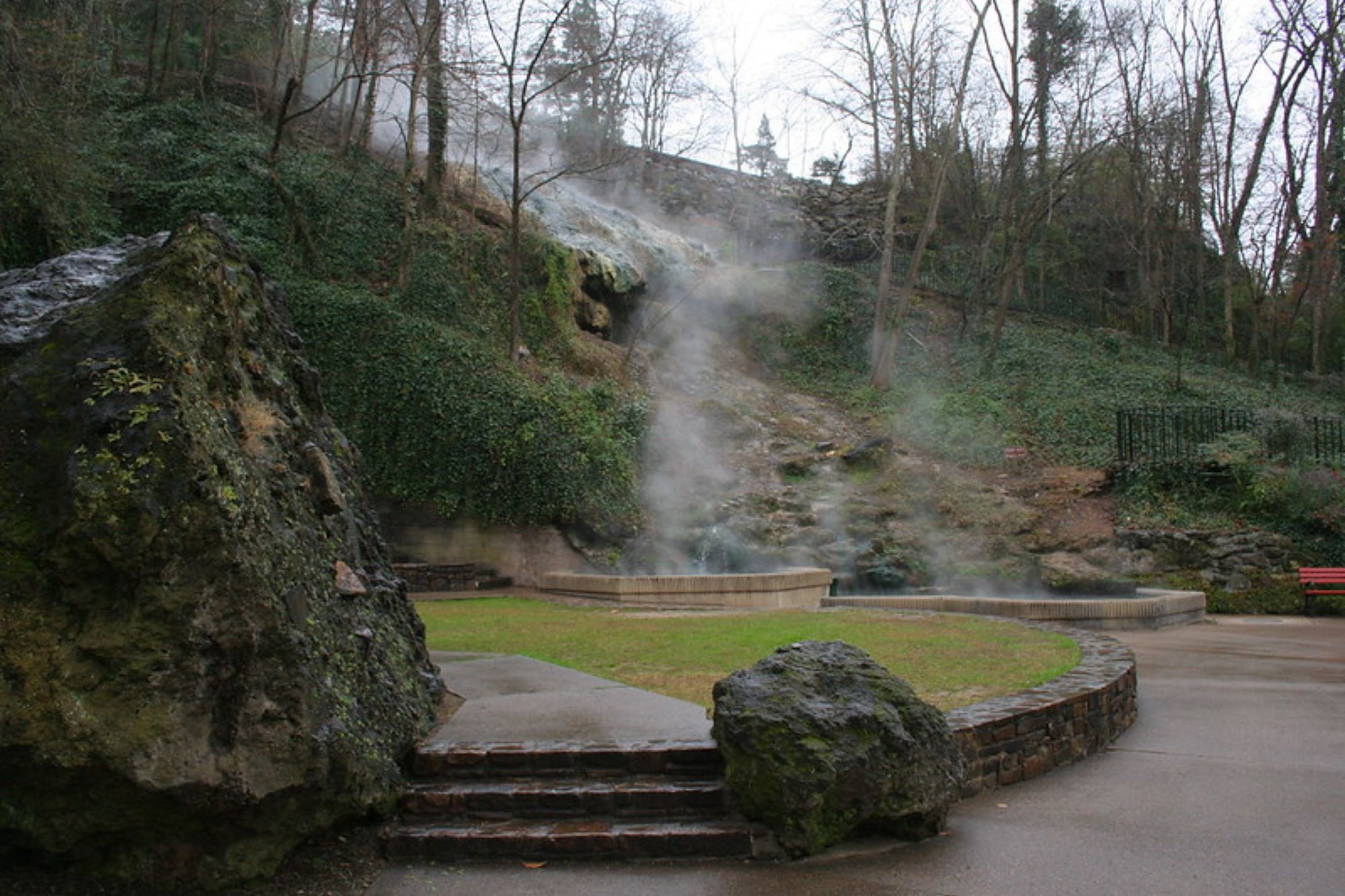
This aptly named city built its entire identity around thermal waters that reach temperatures of up to 143°F. The downtown area features historic Bathhouse Row, a National Historic Landmark where eight grand bathhouses date back to the early 1900s.
Locals proudly point out that Al Capone and baseball legend Babe Ruth were regular visitors who came to ‘take the waters’ during the town’s heyday.
Pagosa Springs, Colorado
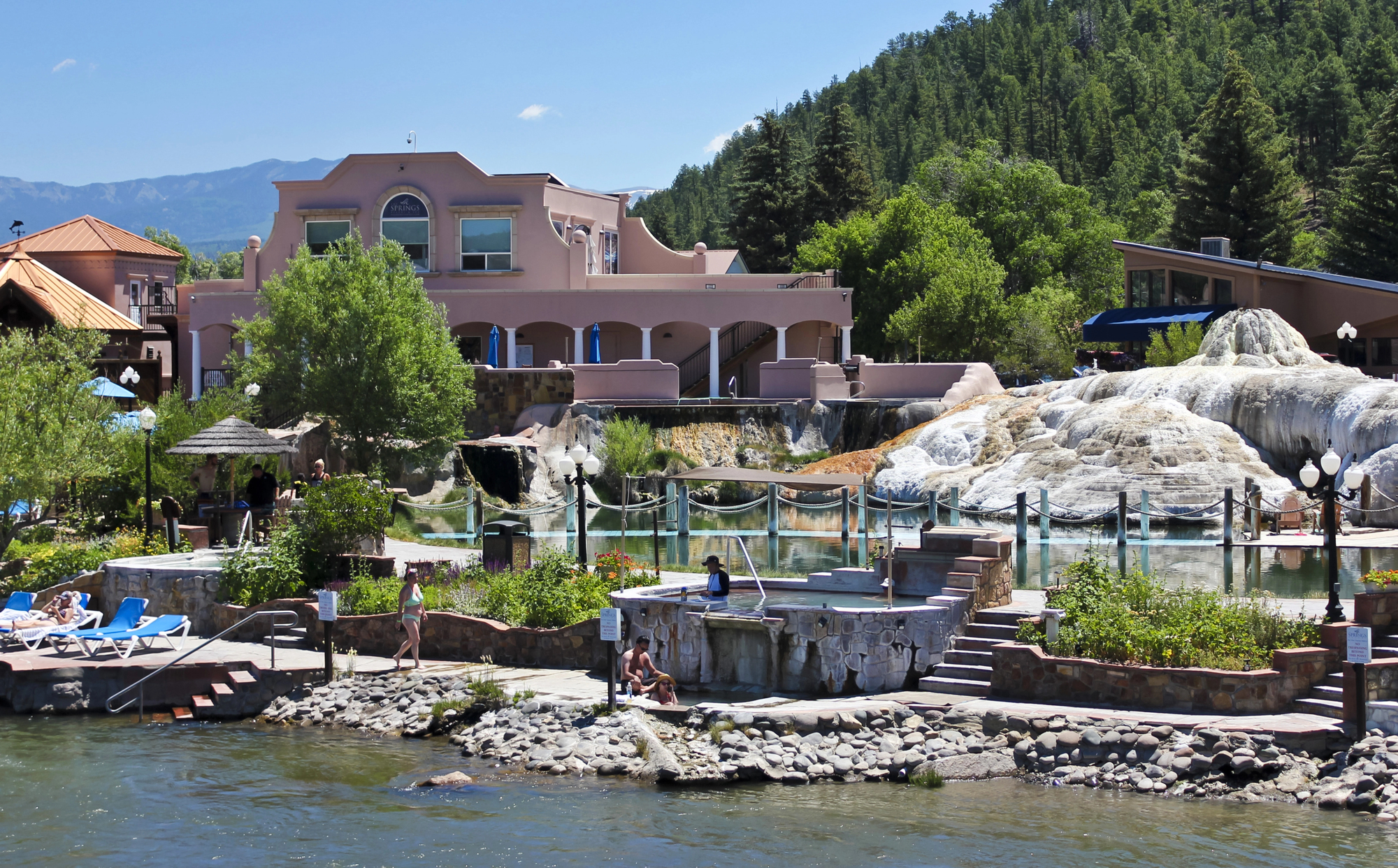
This mountain town boasts the world’s deepest measured hot spring, with depths that remain unmeasured despite a 1,002-foot plunge line. The name ‘Pagosa’ comes from a Southern Ute word meaning ‘healing waters,’ reflecting centuries of indigenous use.
The town’s economy revolves around three major hot spring resorts that attract visitors year-round to waters containing 13 different minerals.
Thermopolis, Wyoming
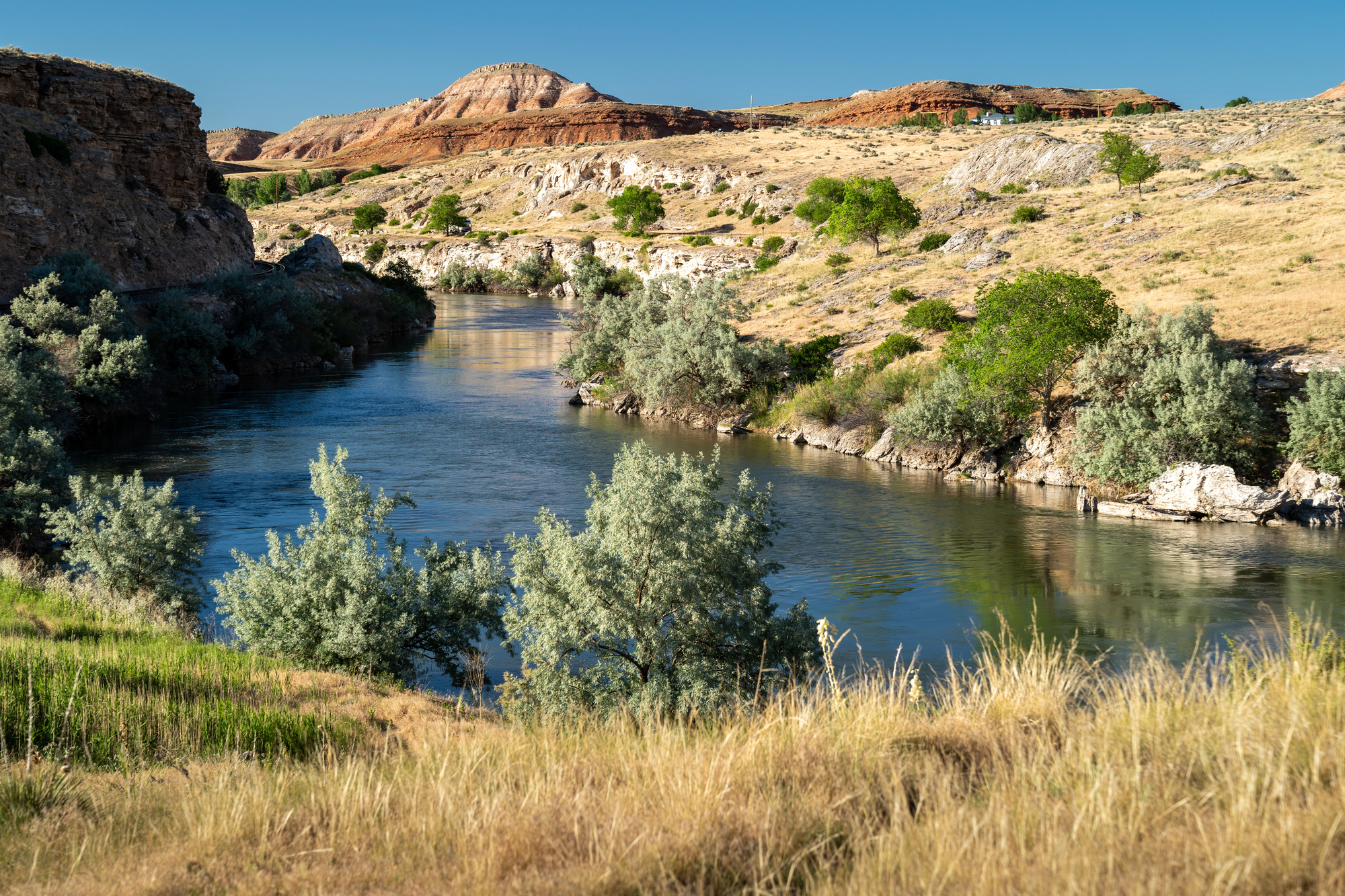
Home to the world’s largest mineral hot spring, this town channels over 8,000 gallons of 135°F water per day into various pools. The central hot spring complex sits within Hot Springs State Park, established in 1897 through a treaty with the Shoshone and Arapaho tribes.
Many Main Street businesses operate with steam heat captured from the springs, making this perhaps the most naturally energy-efficient downtown in America.
Like Travel Pug’s content? Follow us on MSN.
Truth or Consequences, New Mexico
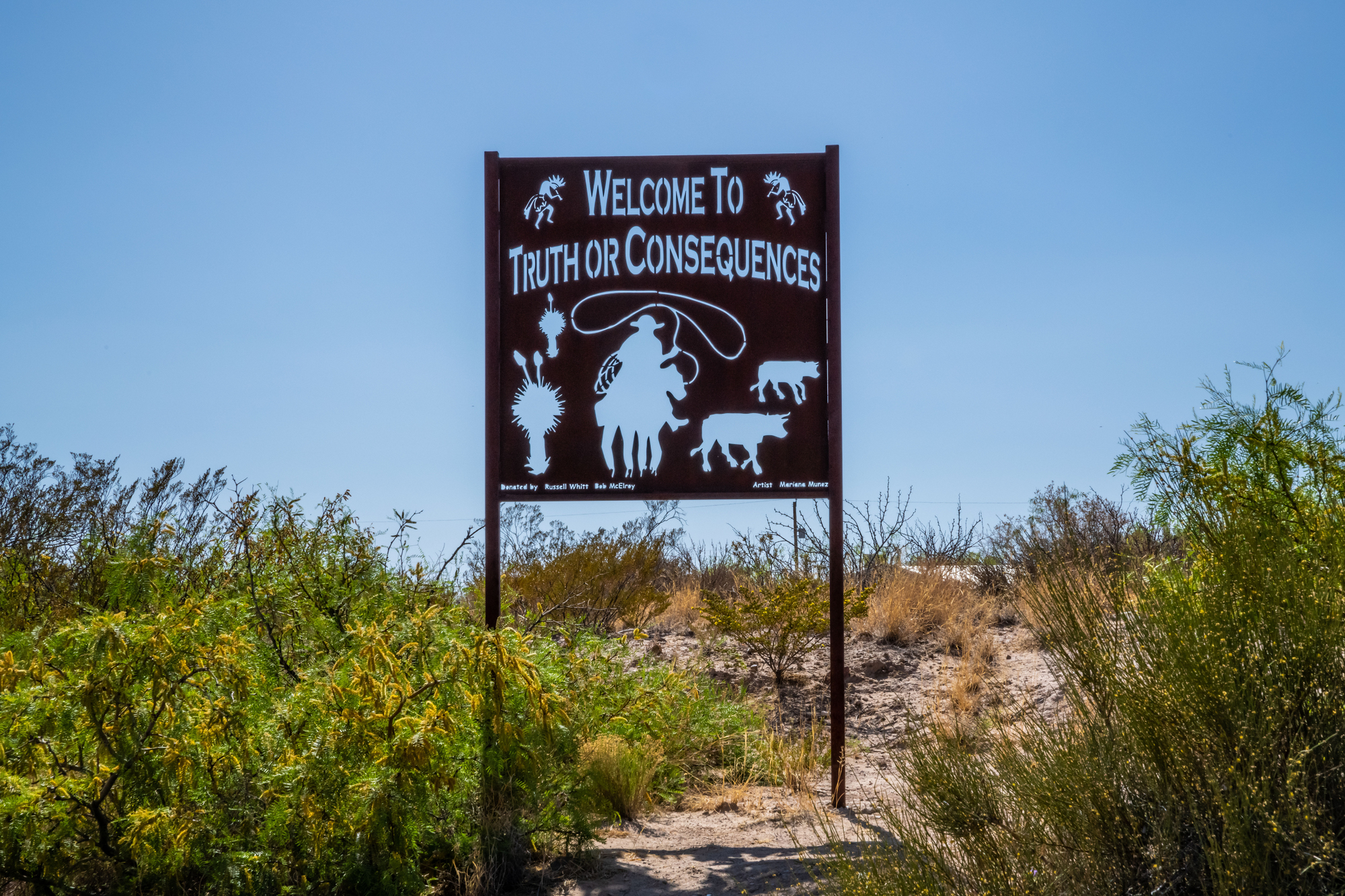
Originally named Hot Springs, this quirky town renamed itself after a popular radio show in 1950. The downtown area sits directly atop a large geothermal aquifer where businesses tap into private wells for individual spas.
Many local homes feature their own private hot spring tubs and real estate listings prominently advertise if a property has thermal water rights.
Berkeley Springs, West Virginia
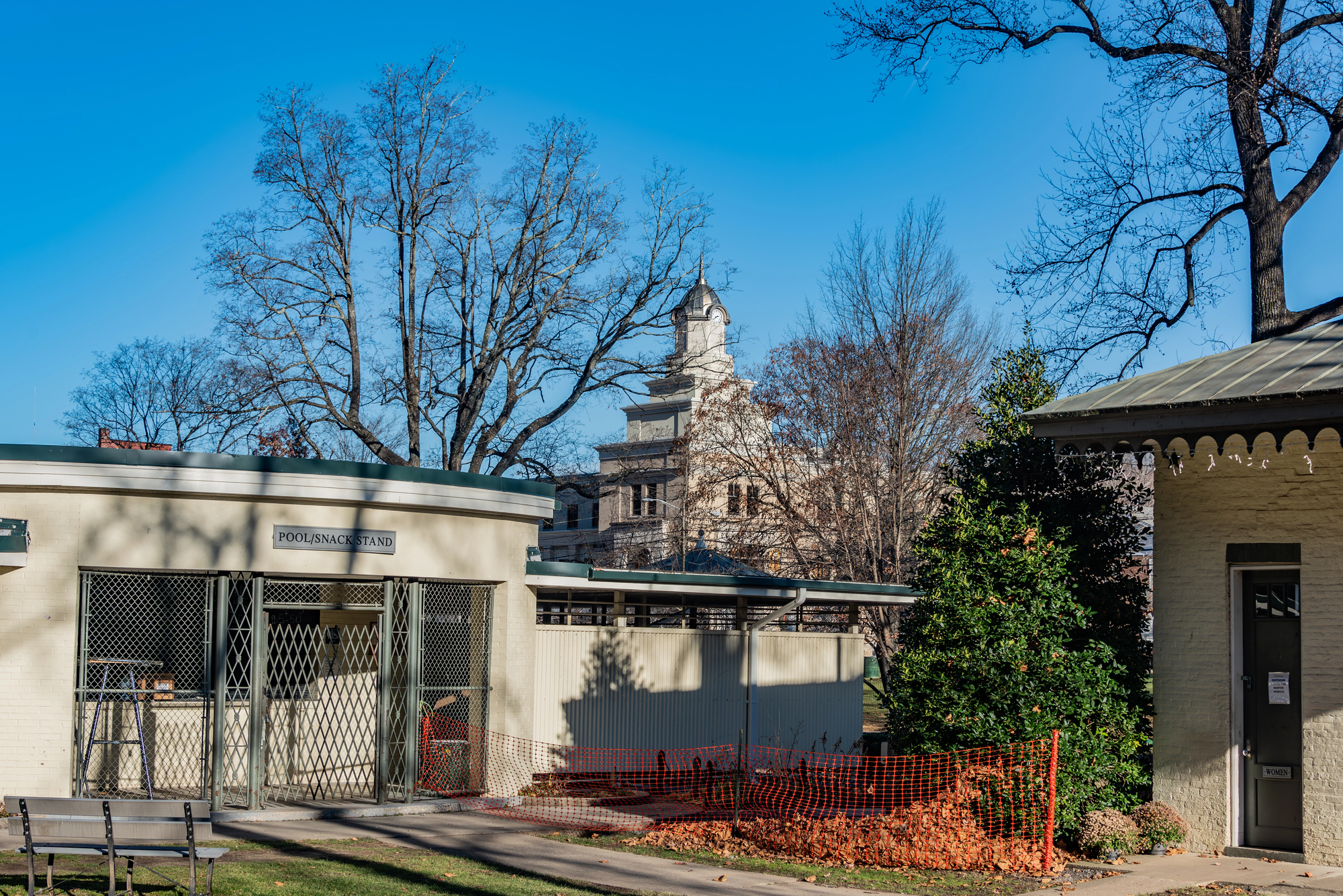
America’s first spa town dates to 1776 when the site was called Bath, named after the famous English spa city. George Washington himself visited regularly and helped design the first public bathhouse.
The warm 74°F springs produce 2,000 gallons of mineral water per minute, and town zoning laws protect the historic ambiance of the spring district.
Calistoga, California
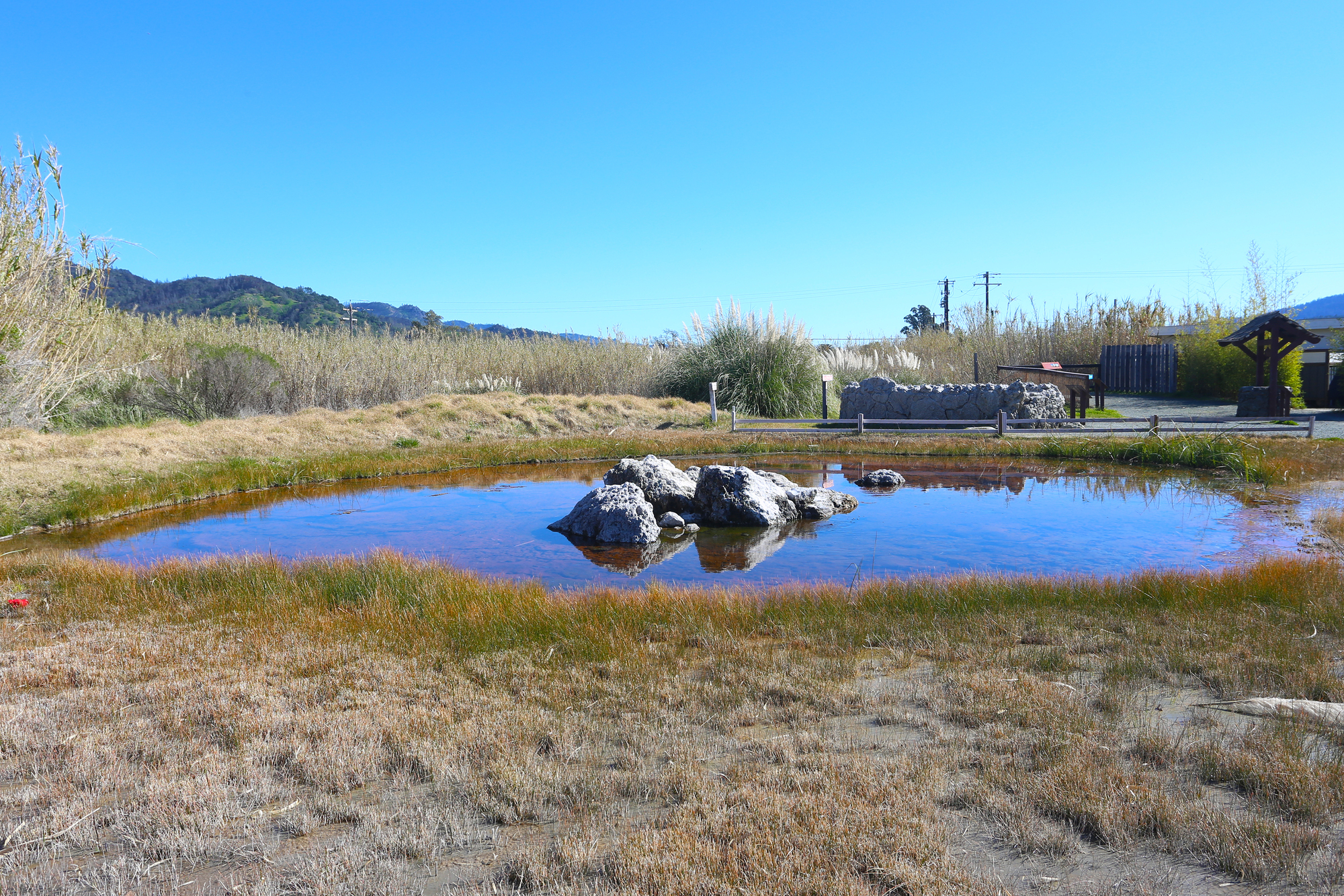
This northern Napa Valley town was among California’s first hot spring resorts, founded by entrepreneur Sam Brannan in the 1860s. The volcanic soils that create excellent wine-growing conditions also heat the underground springs to temperatures around 180°F.
The town became famous for its mud baths, where visitors immerse themselves in a mixture of volcanic ash, peat moss, and spring water.
Like Travel Pug’s content? Follow us on MSN.
Glenwood Springs, Colorado
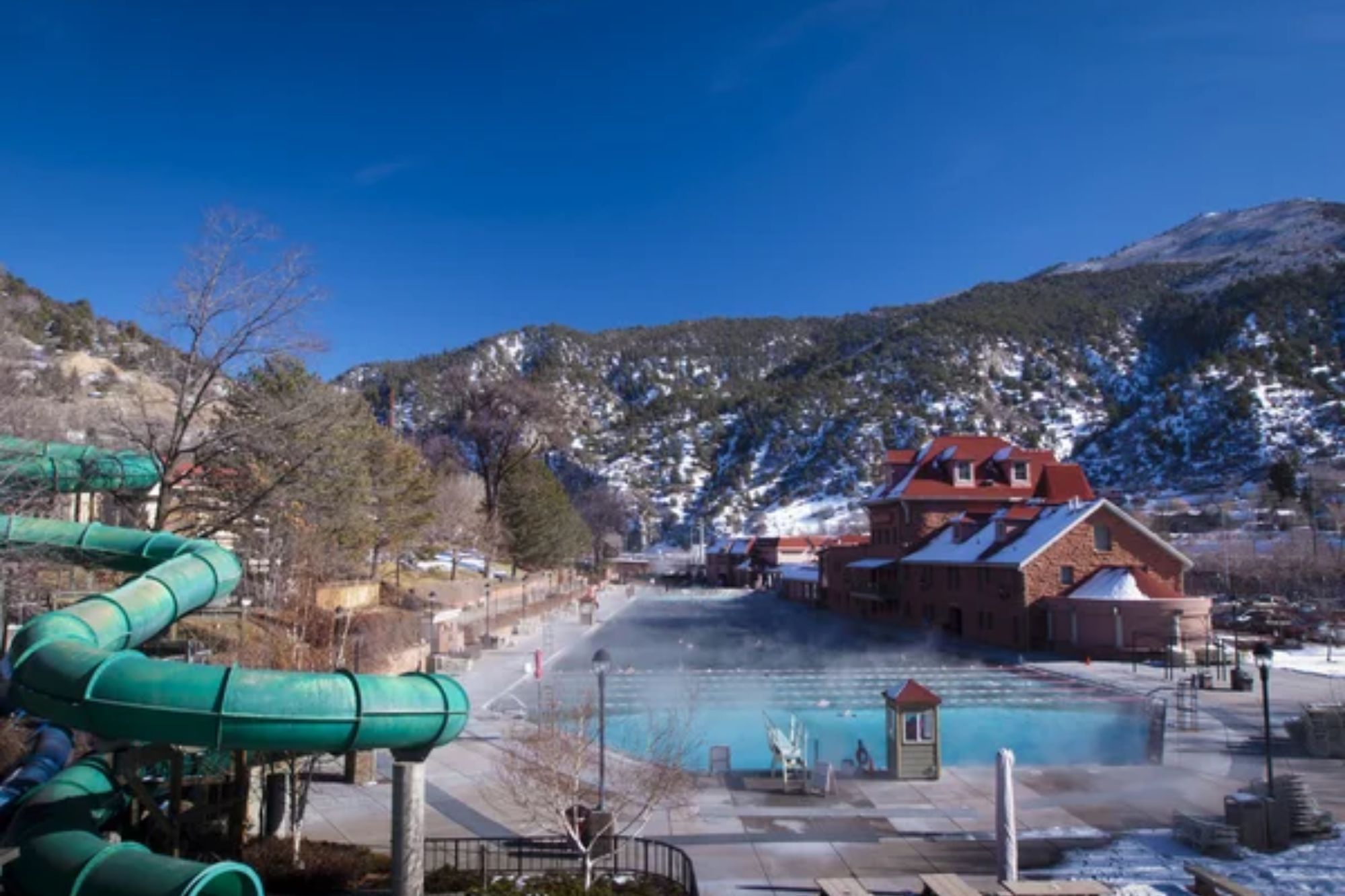
This Rocky Mountain town boasts the world’s largest hot springs pool, large enough to fit a football field with water naturally heated to 104°F. The community formed around the confluence of the Colorado River and the hot springs, which discharge 3.5 million gallons of water daily.
The vaporous waters once earned the town the nickname ‘Defiance,’ a nod to settlers defying harsh mountain conditions thanks to the warming springs.
Lava Hot Springs, Idaho
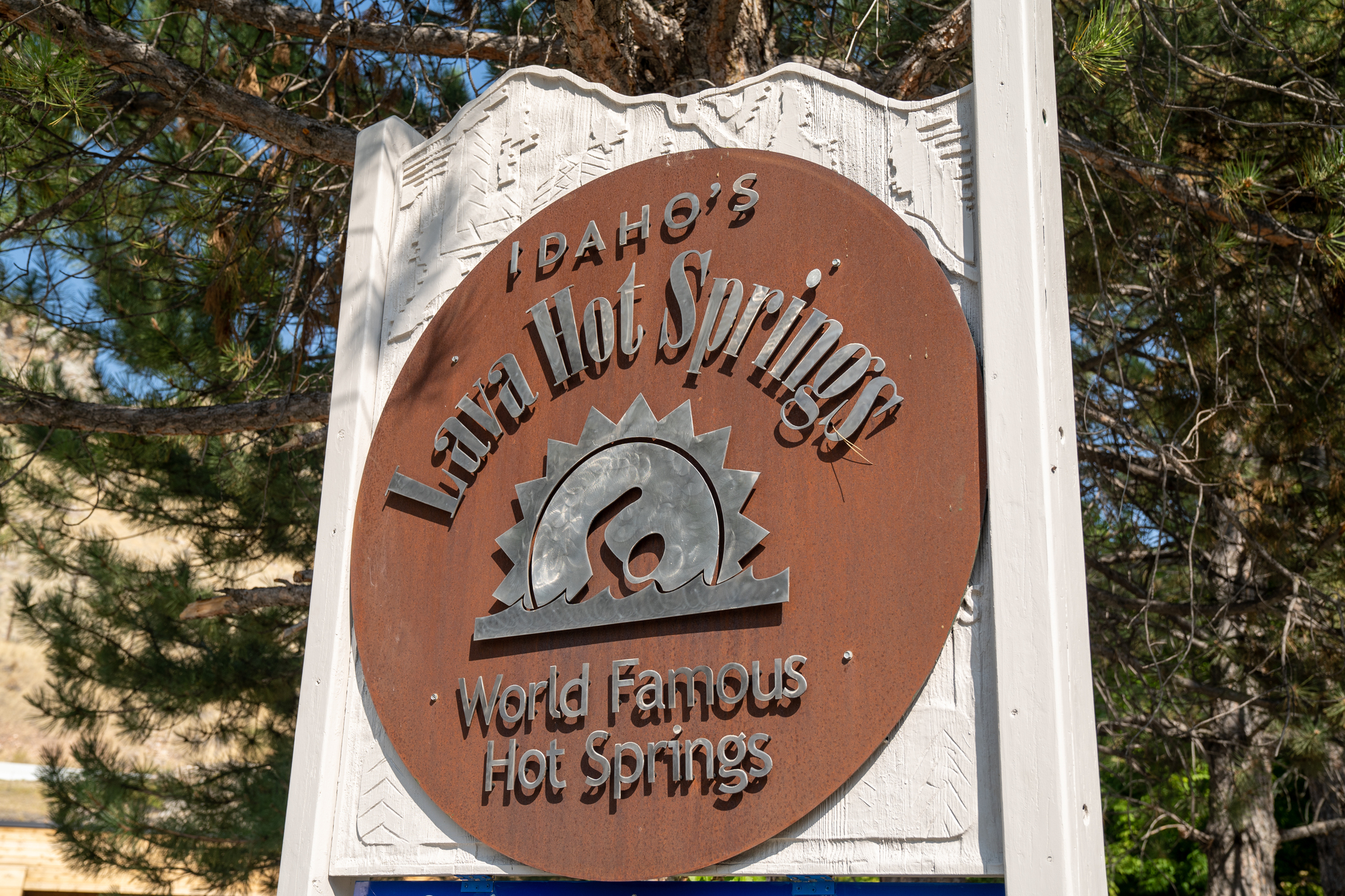
This small town of fewer than 500 residents hosts over 500,000 visitors annually who come for its odorless, mineral-rich springs. The state-run foundation maintains pools ranging from 102°F to 112°F that flow with more than 2.5 million gallons daily.
Residents enjoy discounted passes to the hot springs complex, making it the most frequent community gathering spot regardless of season.
Desert Hot Springs, California

This desert community sits atop a massive underground aquifer that produces both hot and cold mineral waters from separate sources. The town emerged as a wellness destination in the 1940s and experienced a renaissance as the spa industry boomed.
Construction regulations require buildings near certain spring sites to incorporate natural materials that complement the landscape and mineral qualities of the waters.
Like Travel Pug’s content? Follow us on MSN.
Ouray, Colorado
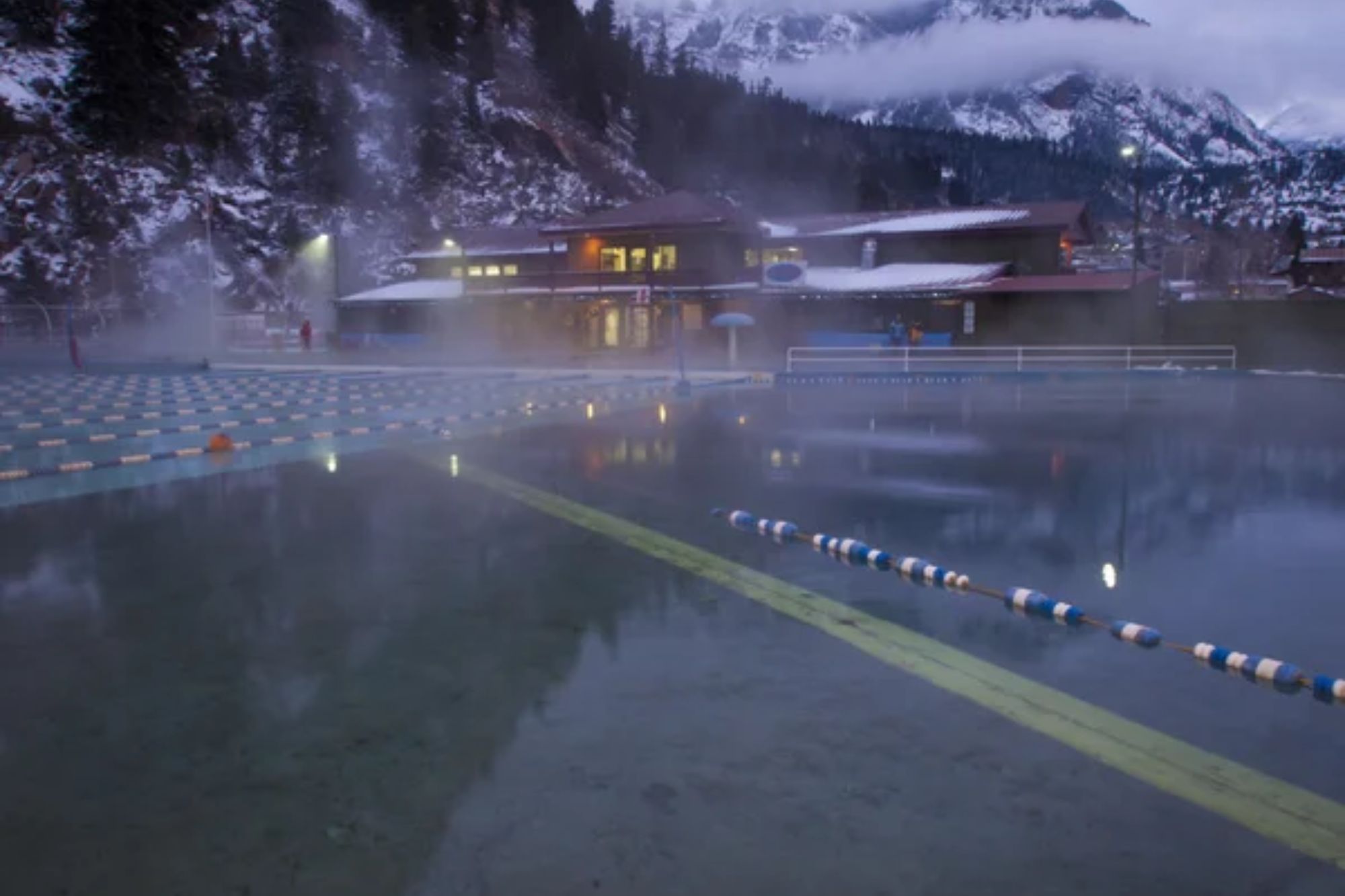
Nicknamed the ‘Switzerland of America,’ this former mining town reinvented itself around its sulfur-free hot springs with views of surrounding 13,000-foot peaks. The municipal hot springs pool maintains different soaking sections ranging from 88°F to 106°F.
Local firefighters once used the hot springs water for their hoses during winter, as it wouldn’t freeze while fighting blazes in below-zero temperatures.
Warm Springs, Georgia

This historic town became famous after Franklin D. Roosevelt established his ‘Little White House’ near the 88°F springs seeking polio treatment. The Roosevelt Warm Springs Institute for Rehabilitation continues the healing tradition begun by the president.
Town architecture follows specific guidelines established during Roosevelt’s era, preserving the community’s distinctive 1930s–40s appearance.
Hot Springs, Virginia
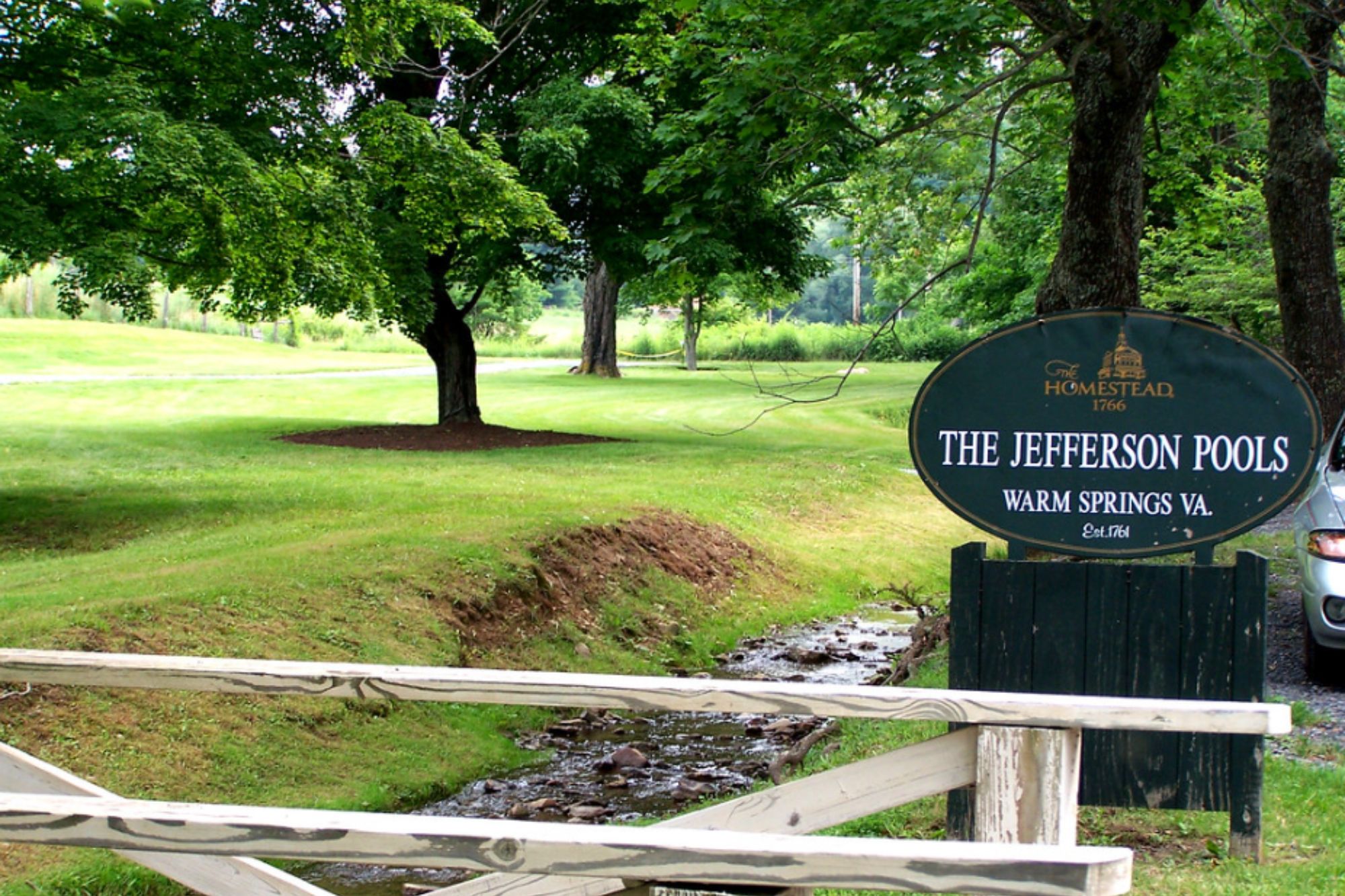
This elegant community in the Allegheny Mountains grew around the legendary Homestead Resort and its healing waters. Jefferson Pools, named after frequent visitor Thomas Jefferson, feature the oldest spa structures in the United States, dating to 1761.
Local folklore claims these waters have never failed to flow at a constant 98°F since their discovery, even during severe droughts.
Like Travel Pug’s content? Follow us on MSN.
Steamboat Springs, Colorado
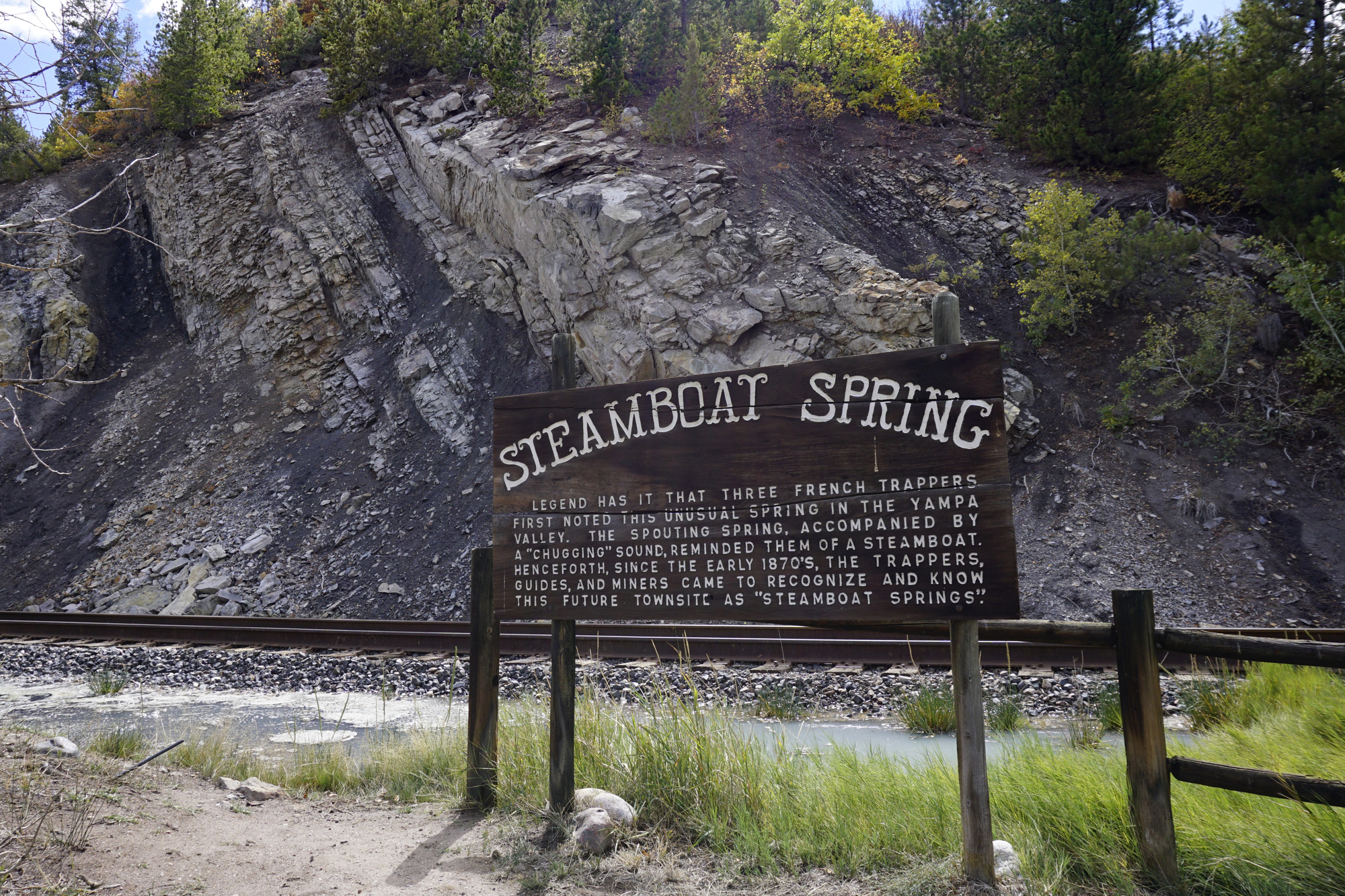
Named for the chugging sound its hot springs made before early development silenced them, this town originally attracted settlers for healing rather than skiing. More than 150 hot springs once bubbled throughout the valley, though many were lost to development.
The iron-rich spring water stains surrounding rocks a rusty orange, creating distinctive landmarks throughout the historic downtown area.
Saratoga Springs, New York
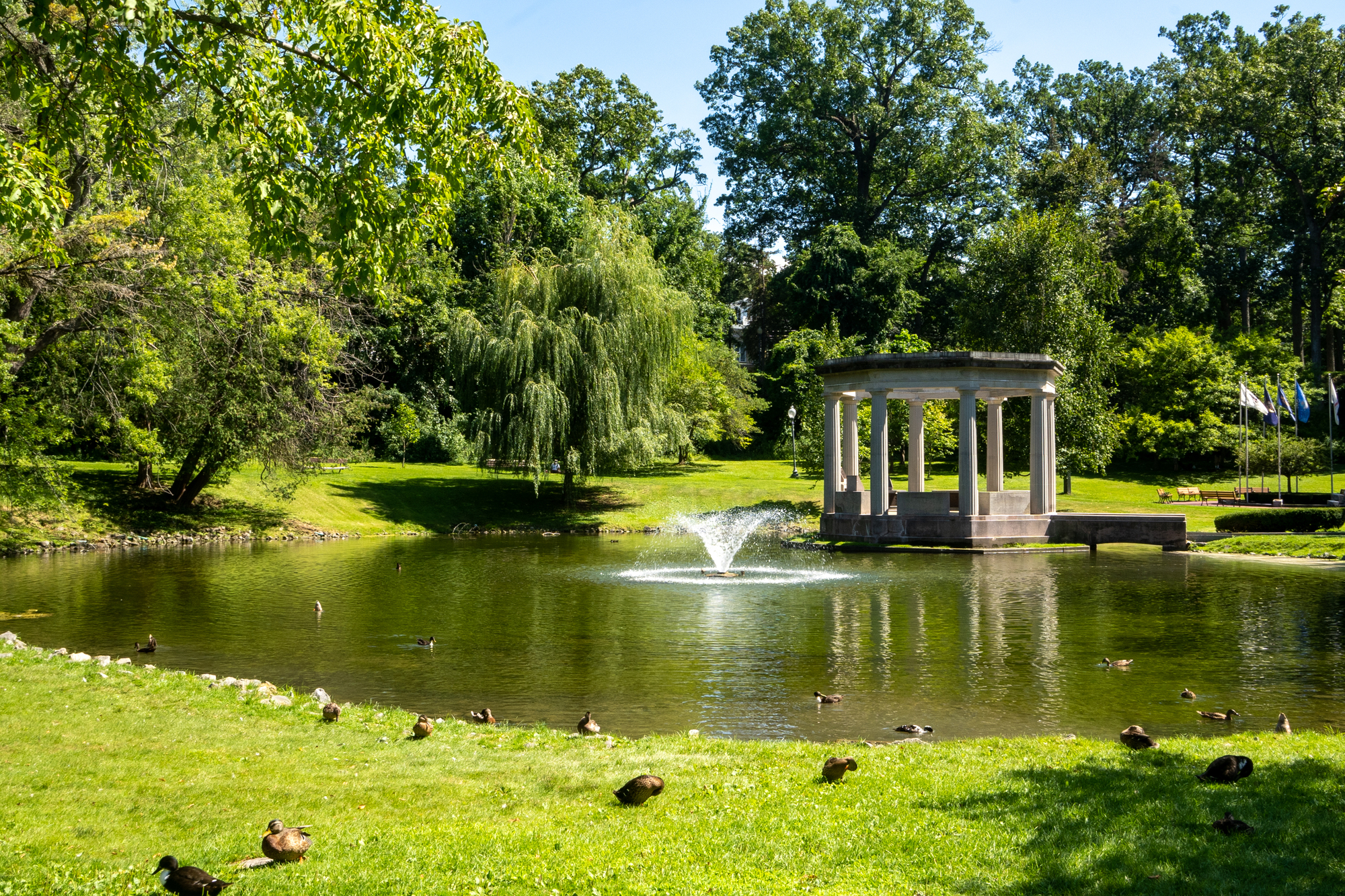
This sophisticated town developed around carbonated mineral springs that naturally bubble like champagne. The 21 public springs each have distinctive mineral compositions and flavors, with locals having strong opinions about which tastes best.
Congress Park features historic drinking pavilions where visitors sample waters from different springs, continuing a tradition dating back to the early 1800s.
Hot Springs, North Carolina

This Appalachian town along the French Broad River centers around 108°F springs discovered by indigenous peoples thousands of years ago. The town became a resort destination in the 1800s and served as an internment location for German merchant marines during World War I.
Cabins along Spring Creek rent at premium prices for their private spring-fed soaking tubs that connect directly to the thermal source.
Like Travel Pug’s content? Follow us on MSN.
Nature’s Gift
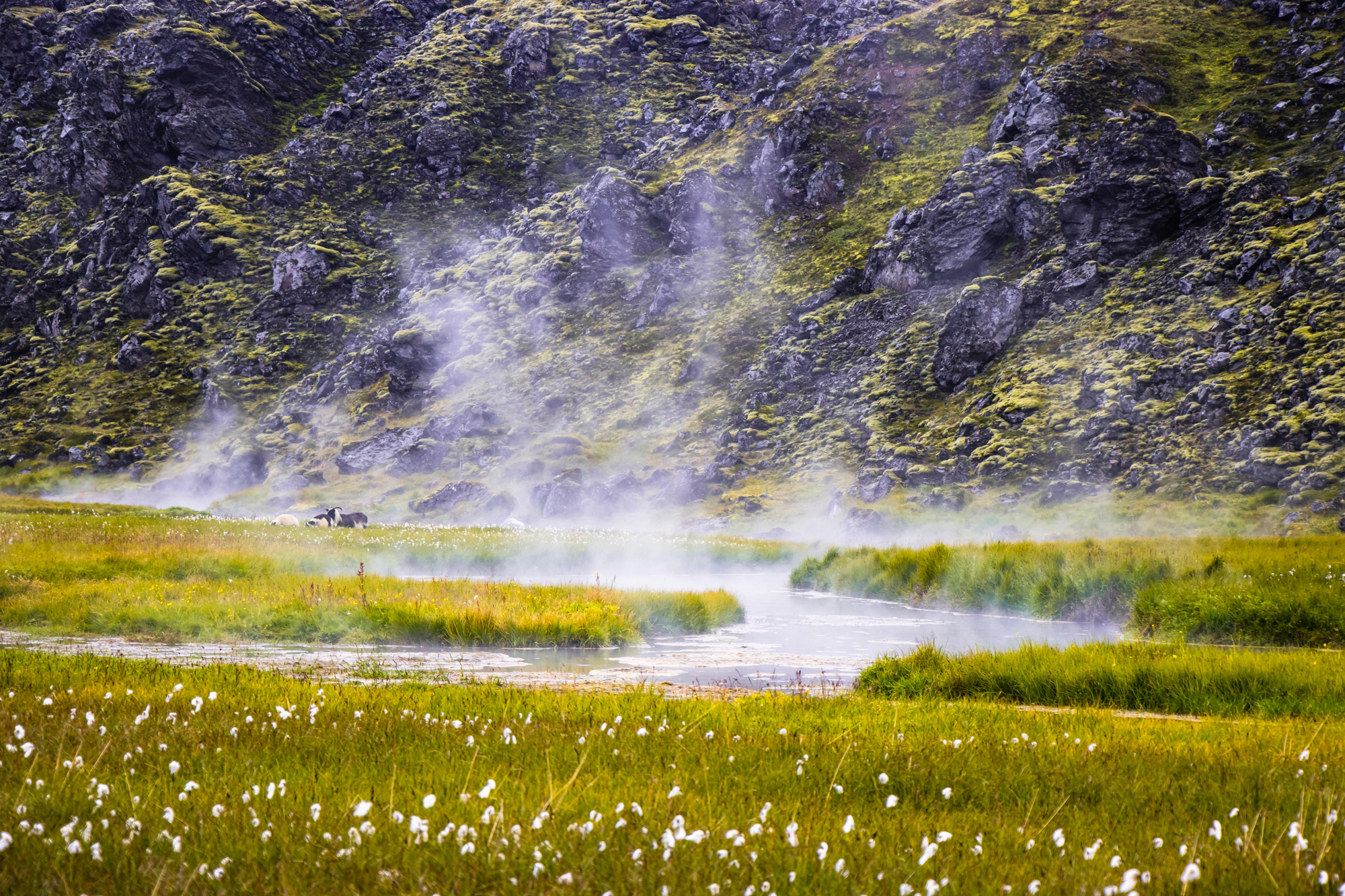
These thermal communities demonstrate our enduring connection to natural phenomena that improve our lives. Beyond mere tourist attractions, these hot springs create entire economic ecosystems while providing gathering places that strengthen community bonds.
As modern wellness movements rediscover the benefits of mineral soaking, these historic hot spring towns find themselves perfectly positioned for renewed appreciation, proving that sometimes the most timeless attractions remain the most compelling.
More from Travel Pug

- Cities Growing so Fast You Won’t Recognize Them in 10 Years
- 13 Destinations Where Tourists Regularly Regret Their Trip
- 16 U.S. Cities That Are Quietly Becoming Travel Hotspots
- Where to Travel If You Love Long Bus Rides and Daydreams
- 20 Cities Perfect for Solo Travelers Who Crave Adventure & Culture
Like Travel Pug’s content? Follow us on MSN.
